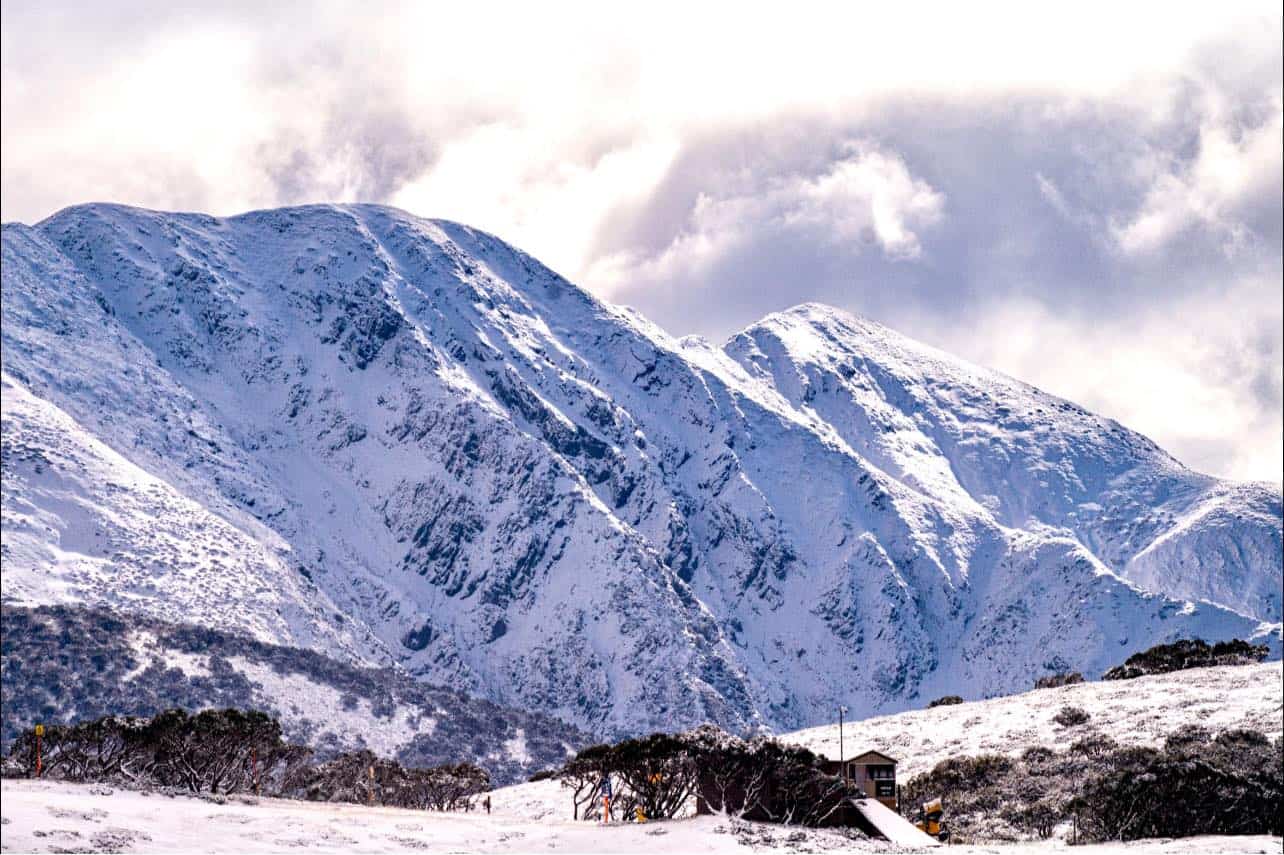Find Out When and Where You Can Experience Snow In Australia for a Scenic Escape
Find Out When and Where You Can Experience Snow In Australia for a Scenic Escape
Blog Article
Discover the Interesting Impacts of Snow in Australia on Neighborhood Environments
In spite of its track record for sun-soaked landscapes, Australia also boasts areas blanketed by snow-- a sensation that greatly affects the nation's unique ecological communities. The shielding residential properties of snows protect plants and animals among the coldest winters months, while the melting snow supports rivers and marine life. The real marvel lies in exactly how these frosty problems shape the country's biodiversity and nutrient cycles. As we untangle this elaborate partnership, we find ourselves walking on undiscovered premises in Australia's high country.
The Unexpected Areas of Snowfall in Australia
Although Australia is often connected with sandy beaches and sun-scorched landscapes, certain areas remarkably experience snowfall. The high country areas of New South Wales, Victoria, and Tasmania are specifically known for their wintertime snow. The Snowy Hills in NSW, for example, get plentiful seasonal snow, offering a stark comparison to the country's regular warm, arid climate. The Victorian Alps and parts of Tasmania additionally see yearly snowfalls, transforming the landscape into a winter wonderland. These locations are not simply anomalies but integral parts of Australia's diverse environment system. The visibility of snow in these regions significantly influences regional communities, subsequently influencing the country's unique biodiversity. However, the specific influence on Australia's distinctive vegetation will be discussed in the following section.

Just How Snow Impacts Australia's Unique Plants
While it may seem uncommon, snowfall in Australia plays an essential duty in forming the nation's special vegetation. The snow-filled winters months foster durability in Australian plant species. This is particularly obvious in the alpine and sub-alpine areas, where snow periodontals and mountain plum-pines thrive. These plants have evolved to survive in severe conditions, with snow serving as a protective covering from freezing temperature levels and rough winds. The snow likewise adds to the dampness material of the dirt, supplying essential hydration for plant throughout the completely dry summer season. In significance, the snow influences the timing of blooming and seed dispersal, the growth rates, and the survival of many plant species, showcasing the complex interplay between environment and plants in Australia.

The Adaptations of Australian Fauna to Snowfall
Simply as Australia's plants has adjusted to the wintery conditions, the local animals as well, exhibit exceptional adaptations to the snowfall. Variety like the Mountain Pygmy-possum, the only Australian marsupial understood to hibernate, have actually evolved techniques to endure in snowy atmospheres. It makes use of the snow as insulation, hibernating in rock holes below the snow to stay warm. Similarly, the Snow Skink, a varieties see post of lizard, changes its colour to white throughout winter months, providing camouflage versus killers. Birds such as the Snowy Mountains' Crimson Rosella additionally change their diet regimens to take in readily available food sources throughout chillier durations. Therefore, despite the extreme problems, Australian animals demonstrates a adaptive and resilient nature, guaranteeing their survival in regions experiencing snowfall.
The Function of Snow in Forming Neighborhood Environments
Fit the local environments, the function of snow in Australia is both profound and multilayered. It influences the distribution of plants and fauna, mainly specifying the biodiversity of towering and sub-alpine regions. Snow supplies an essential water resource, feeding rivers and tanks as it thaws, thus supporting a range of aquatic life forms. Additionally, snow functions as an insulator, protecting ground-dwelling organisms from severe cold. Likewise, it plays a significant function in soil formation and nutrient cycling. The regular cold and thawing of soil induced by snowfall cultivates the break down of rocks, boosting dirt fertility. As a result, the presence of snow shapes the plants patterns, animal actions, and general sustainability of Australia's one-of-a-kind communities. Does Australia Get Snow.

The Future of Snowfall in Australia: Forecasts and Effects

Given the critical duty snow plays in shaping local environments, the future of snowfall in Australia is attracting boosting attention from environmentalists and researchers. Less snow might result in decreased water availability in towering regions, negatively affecting wild animals environments and plant life. The tourism description industry, heavily reliant on the winter months snow season, might likewise deal with considerable obstacles.
Final Thought
The role of snow in Australia's ecological communities is essential yet frequently ignored. It serves as a protector, a nurturer, and a shaper of diverse towering varieties, contributing to the richness of Australia's high country. As weather patterns continue to shift, recognizing the ramifications and prospective makeovers of these snow-influenced ecosystems is critical. Thus, the snow in Australia is much more than an all-natural phenomenon; it's an essential player in the nation's ecological narrative.
Regardless of its credibility for sun-soaked landscapes, Australia also flaunts areas buried by snow-- a phenomenon that profoundly influences weblink the nation's unique ecosystems. It uses the snow as insulation, hibernating in rock crevices below the snow to remain cozy - Snow In Australia.In shaping the local environments, the duty of snow in Australia is both multilayered and extensive. The existence of snow forms the plants patterns, animal habits, and total sustainability of Australia's special ecological communities
Offered the essential duty snow plays in forming regional environments, the future of snowfall in Australia is drawing increasing attention from scientists and conservationists.
Report this page